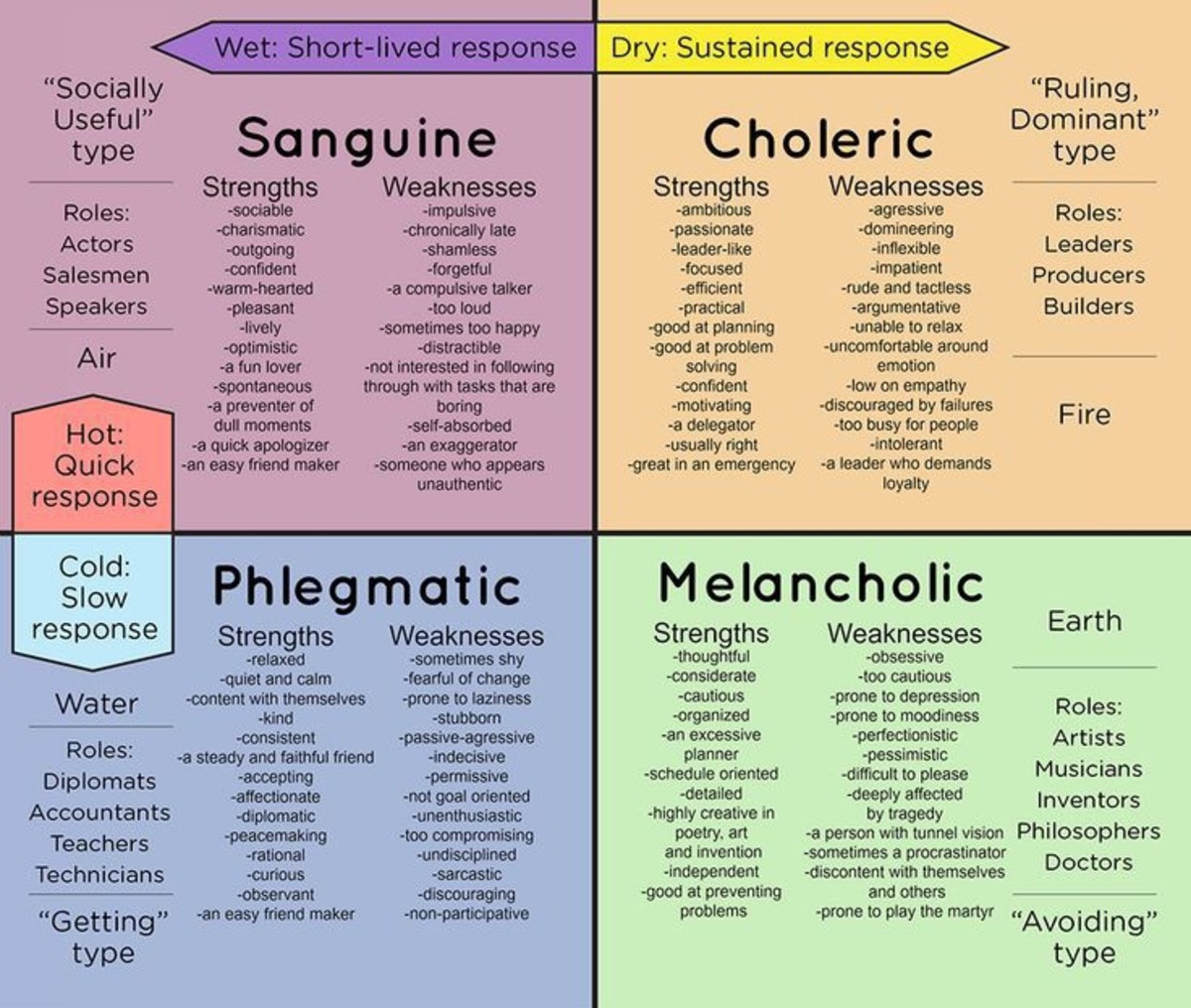Signs of a Healthy Relationship vs. a Toxic One

Healthy vs. Toxic Relationships: Signs, Red Flags, and When to Walk Away
In a world where phrases like “red flag” and “relationship goals” are tossed about on social media, it can be hard to tell what a truly healthy relationship looks like—or how to recognize one that's slowly draining your sense of self. Romantic relationships can either uplift your emotional well-being or slowly undermine it, depending on the dynamics at play. Recognizing the difference is not only about avoiding pain but also about protecting your long-term mental and physical health.
Whether you're questioning your current relationship or simply want a clearer roadmap for what love should look and feel like, this guide will walk you through the signs of both healthy and toxic relationship patterns, supported by psychological research and real-world examples.

What Makes a Relationship Healthy? 4 Signs Backed by Psychology
Healthy relationships aren’t perfect—they involve occasional disagreements, tough conversations, and periods of emotional distance. But what sets them apart is how those moments are handled. At their core, healthy partnerships foster mutual respect, emotional safety, and personal growth.
1. Open and Respectful Communication
In healthy relationships, partners can express their needs, feelings, and boundaries without fear of being dismissed or ridiculed. This doesn’t mean every conversation goes smoothly, but there’s a consistent effort to listen and understand each other.
Example: When Maya told her partner, Sean, that she needed more alone time to manage work stress, he didn’t accuse her of being distant. Instead, he asked how he could support her while giving her space. That small moment, free from defensiveness, built deeper trust between them.
Couples who communicate openly are more likely to resolve conflict constructively, leading to higher long-term satisfaction.1

2. Mutual Support and Encouragement
A healthy relationship is a source of strength, rather than stress. Partners should celebrate each other's successes and offer comfort one another during setbacks and challenges, without competition or guilt-tripping.
Example: When Tyrone received a promotion, his girlfriend didn't feel overshadowed. She was proud of him. When she had a panic attack before a job interview, he talked her through it with breathing exercises instead of telling her to "suck it up."
Emotional responsiveness, especially during vulnerable moments, is a strong predictor of relationship longevity.2
3. Autonomy and Interdependence
Healthy love allows for “we” without erasing “me.” Each partner maintains their own identity, friendships, and interests while building a shared life. Psychologists call this "interdependence," the ability to rely on each other without becoming enmeshed or co-dependent.3 You can be both close and separate.
4. Constructive Conflict Resolution
Disagreements are inevitable, but how they’re managed speaks volumes about the relationship. Do you fight to understand one another or to win? Do you repair quickly or let resentment fester? Even during conflict, healthy couples tend to maintain a baseline of respect, de-escalate tension, and return to emotional equilibrium faster.4

Signs of a Toxic Relationship (and Why They're Dangerous)
Toxic dynamics don’t always announce themselves with shouting or slamming doors. Often, they creep in subtly through sarcasm, guilt-tripping, manipulation, or chronic disregard. Over time, these patterns chip away at your self-esteem and psychological well-being.
Following are some of the major red flags to watch for, based on clinical research and real-life experiences:
1. Persistent Control or Monitoring
Controlling behavior often disguises itself as concern. At first, controlling and monitoring behaviors may sound like affection. Phrases such as “I just want to keep you safe” or “I worry about you” seem harmless, however, the impact is unmistakable as your sense of independence gradually erodes.
What starts with seemingly reasonable requests—like frequent check-ins or sharing passwords—can quietly escalate into more invasive and restrictive behaviors, including:
-
Expecting you to ask permission before going out
-
Reading your private messages or emails
-
Tracking your location through your phone
-
Demanding explanations for every interaction
-
Controlling or restricting access to joint finances.
Example: Jenna’s boyfriend insisted she keep her phone’s location sharing on at all times. When she asked why, he said, “If you’re not doing anything wrong, what’s the problem?” Soon, she found herself canceling plans with friends to avoid his interrogations.
This type of hyper-monitoring is strongly associated with emotional abuse and often precedes more obvious coercive behavior.5 The real motive behind it isn’t love or protection but rather control, achieved through fear, guilt, and dependence.

2. Emotional Invalidation or Gaslighting
Gaslighting is more than just lying or disagreeing—it’s a systematic attempt to distort your perception of reality. Over time, victims begin doubting their memory, instincts, and even their sanity. Invalidation and gaslighting serve to destabilize a partner’s self-trust, which makes them easier to manipulate.
Example: When Marcus told his partner he felt humiliated after she mocked him in front of their friends, she laughed and said, “You’re seriously upset about that? God, you’re so fragile.” The next day, when he tried to explain how it made him feel, she interrupted: “Nobody else had a problem with it. Honestly, you just love playing the victim.” Eventually, Marcus stopped speaking up, not because the hurt receded, but because he started believing maybe he was the problem.
In toxic relationships, emotional invalidation may sound like, "You're overreacting," "You're too sensitive," or "That never happened." These phrases aren’t simply disagreements. They are a denial of your internal truth.
Repeated experiences like this can create a pattern of self-censoring. You begin to second-guess whether your perceptions can be trusted at all or whether you really are being “too sensitive.” Long-term exposure to this toxicity can lead to anxiety, depression, and learned helplessness.6
In toxic relationships, criticism isn’t used to solve problems—it’s used to wound. Instead of addressing a specific behavior (e.g., “I wish you’d text me when you’re running late”), the criticism targets the person’s character or identity (e.g., “You’re so selfish. You never think about anyone but yourself”).
Contempt takes it even further, showing up as mockery, sarcasm, eye-rolling, name-calling, or sneering (nonverbal and verbal cues that communicate disgust). This isn’t just emotional immaturity; it’s psychologically corrosive.
Example: During arguments, Lila’s boyfriend often rolled his eyes and snapped, “You sound just like your crazy mother.” These comments left her feeling ashamed, belittled, and eventually too scared to voice how she felt.
Contempt is one of the strongest predictors of relationship breakdown, according to psychological research.7 Over time, it erodes emotional safety and leads to withdrawal, self-doubt, and lasting emotional harm.
Moreover, chronic criticism creates an environment of constant disapproval. You may feel like you’re always being judged or that nothing you do is good enough. Toxic partners often disguise it as “just being honest” or “tough love.” However, what it really does is chip away at your self-worth, one bitter jab at a time.
4. Walking on Eggshells
One of the most emotionally exhausting experiences in a toxic relationship is the constant anticipation of conflict. Victims often find themselves hyper-aware of tone, timing, and word choice to avoid triggering a meltdown or emotional shutdown.
Example: Ahmed never knew what would provoke his girlfriend’s rage—was it a missed call? A forgotten errand? He began texting her every hour to preempt explosions and stay on her good side.
You may notice that your entire day revolves around keeping your significant other calm. You might avoid sharing good news for fear it will be dismissed, or bad news for fear it will be punished. This emotional vigilance creates a chronic state of anxiety.
Over time, this fear-based dynamic trains people to ignore their own needs to keep the peace. It can lead to emotional numbness, stress-related illnesses, and even symptoms similar to PTSD.8 The body and mind remain in a constant state of tension, which affects sleep, digestion, and concentration. (Is this how you want to exist?)

5. Isolation From Support Systems
Isolation isn’t always obvious. It can be subtle, even disguised as affection or loyalty. Statements like, “I just want you to myself” or “They don’t understand us” may seem romantic at first, but they lay the groundwork for cutting off external sources of support like family, friends, and others.
Example: Taylor’s boyfriend guilted her every time she saw her college friends. Eventually, her world shrank to just him (and his unpredictable moods).
Sometimes isolation appears to be control over your time. You may be asked, "Who are you with?" and "Why are you texting them?" At other times, it’s more insidious, with the toxic partner sowing poisonous seeds of mistrust about your loved ones, framing them as jealous, toxic, or unsupportive of the relationship.
This tactic not only gives the toxic partner more control but also deprives the victim of reality checks. When you’re cut off from friends, family, or coworkers, it becomes much harder to assess how abnormal your relationship has become.9 Isolation, as research shows, is a core tool of coercive control designed to entrap and destabilize.10

When to Get Help
If you're questioning whether your relationship is healthy or toxic, that's already a sign to slow down and reflect. Trust the part of you that feels uneasy. Ask yourself:
-
Do I feel safe expressing my needs and emotions?
-
Have I started isolating myself or losing confidence?
-
Am I afraid of how my partner will react to small things?
You don't need a diagnosis or physical violence to justify seeking help. Emotional abuse, chronic disrespect, and manipulation are valid reasons to reach out.
Final Thoughts
Healthy relationships nourish you whereas toxic ones starve you. Love should never leave you feeling smaller, silenced, or scared. It should challenge you to grow—not shrink. It should offer safety, not suspicion.
If you’ve recognized signs of toxicity in your relationship, know this: you’re not broken, and you’re not alone. You deserve better, and help is available.
Helplines & Resources
If you recognize these toxic patterns in your relationship, support is available. Reaching out can feel terrifying, especially if you’ve been isolated or made to doubt your own reality, but help is available:
-
National Domestic Violence Hotline (U.S.): 1-800-799-SAFE (7233) or text “START” to 88788. www.thehotline.org
-
RAINN (Sexual Abuse & Assault): 1-800-656-HOPE (4673) or visit www.rainn.org
-
StrongHearts Native Helpline: 1-844-7NATIVE (762-8483) – culturally appropriate support for Indigenous communities.

References
1 Gottman, J. M., & Silver, N. (2015). The seven principles for making marriage work (2nd ed.). Harmony Books.
2 Reis, H. T., Clark, M. S., & Holmes, J. G. (2004). Perceived partner responsiveness as an organizing construct in the study of intimacy and closeness. In D. J. Mashek & A. P. Aron (Eds.), Handbook of closeness and intimacy (pp. 201–225). Lawrence Erlbaum Associates.
3 Knee, C. R., Patrick, H., Vietor, N. A., Nanayakkara, A., & Neighbors, C. (2002). Self-determination as growth motivation in romantic relationships. Personality and Social Psychology Bulletin, 28(5), 609–619. https://doi.org/10.1177/0146167202288005
4 Overall, N. C., Fletcher, G. J. O., Simpson, J. A., & Fillo, J. (2015). Attachment insecurity, biased perceptions of romantic partners, and hostile relationship behavior. Journal of Personality and Social Psychology, 108(5), 730–749. https://doi.org/10.1037/pspi0000015
5 Stark, E. (2007). Coercive control: How men entrap women in personal life. Oxford University Press.
6 Sweet, P. L. (2019). The sociology of gaslighting. American Sociological Review, 84(5), 851–875. https://doi.org/10.1177/0003122419874843
7 Whisman, M. A., Uebelacker, L. A., & Weinstock, L. M. (2004). Psychopathology and marital dissatisfaction: The role of chronic and episodic stress. Journal of Consulting and Clinical Psychology, 72(5), 830–838. https://doi.org/10.1037/0022-006X.72.5.830
8 Margolin, G., & Vickerman, K. A. (2011). Posttraumatic stress in children and adolescents exposed to family violence: II. Treatment. Professional Psychology: Research and Practice, 42(1), 48–55. https://doi.org/10.1037/a0022749
9 Parkinson, D., Laming, J., & Barwick, M. (2024). Subtle or covert abuse within intimate partner relationships: A scoping review. Trauma, Violence, & Abuse. Advance online publication. https://doi.org/10.1177/15248380241268643
10 Tolmie, J., Smith, A., & Wilson, D. (2023). Understanding intimate partner violence: Why coercive control requires a social and systemic entrapment framework. Violence Against Women, 29(15–16), 3030–3054. https://doi.org/10.1177/10778012231205585
© 2025 Elaina Baker








